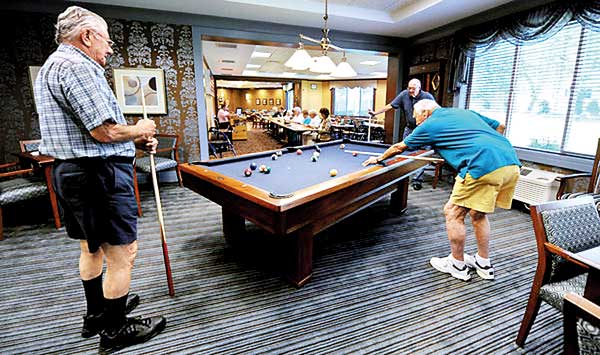28 Dec 2015 - {{hitsCtrl.values.hits}}

.jpg) Sri Lanka is a country with a discreetly ageing population because of an increase in life expectancy and a decrease in birth rates. The demographic transition that is taking place is expected to result in the old and young representing a lopsided share of the population.
Sri Lanka is a country with a discreetly ageing population because of an increase in life expectancy and a decrease in birth rates. The demographic transition that is taking place is expected to result in the old and young representing a lopsided share of the population..jpg)
.jpg) Generally, a new concept is introduced to those who can afford it. Housing for senior living is anticipated to move in a similar value-to-volume phenomena. Currently, statistics show 99 percent are based at home and only 1 percent in the private sector, so it could be assumed that high-net-worth individuals, such as non-resident Sri Lankans and those who have migrated to greener pastures for employment will provide the early demand for the segment. The present senior residences on average charge between Rs. 50,000 and Rs. 150,000 per month per room, which does not fit easily with the middle-income market budget.
Generally, a new concept is introduced to those who can afford it. Housing for senior living is anticipated to move in a similar value-to-volume phenomena. Currently, statistics show 99 percent are based at home and only 1 percent in the private sector, so it could be assumed that high-net-worth individuals, such as non-resident Sri Lankans and those who have migrated to greener pastures for employment will provide the early demand for the segment. The present senior residences on average charge between Rs. 50,000 and Rs. 150,000 per month per room, which does not fit easily with the middle-income market budget..jpg)
26 Nov 2024 2 hours ago
26 Nov 2024 3 hours ago
26 Nov 2024 4 hours ago
26 Nov 2024 5 hours ago
26 Nov 2024 5 hours ago